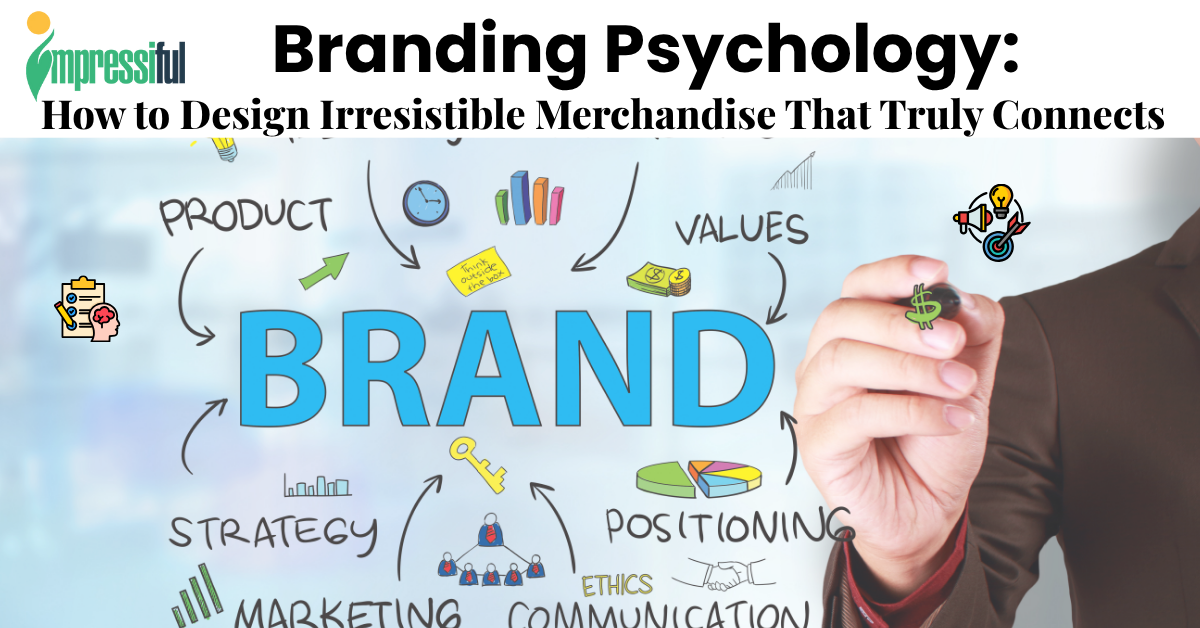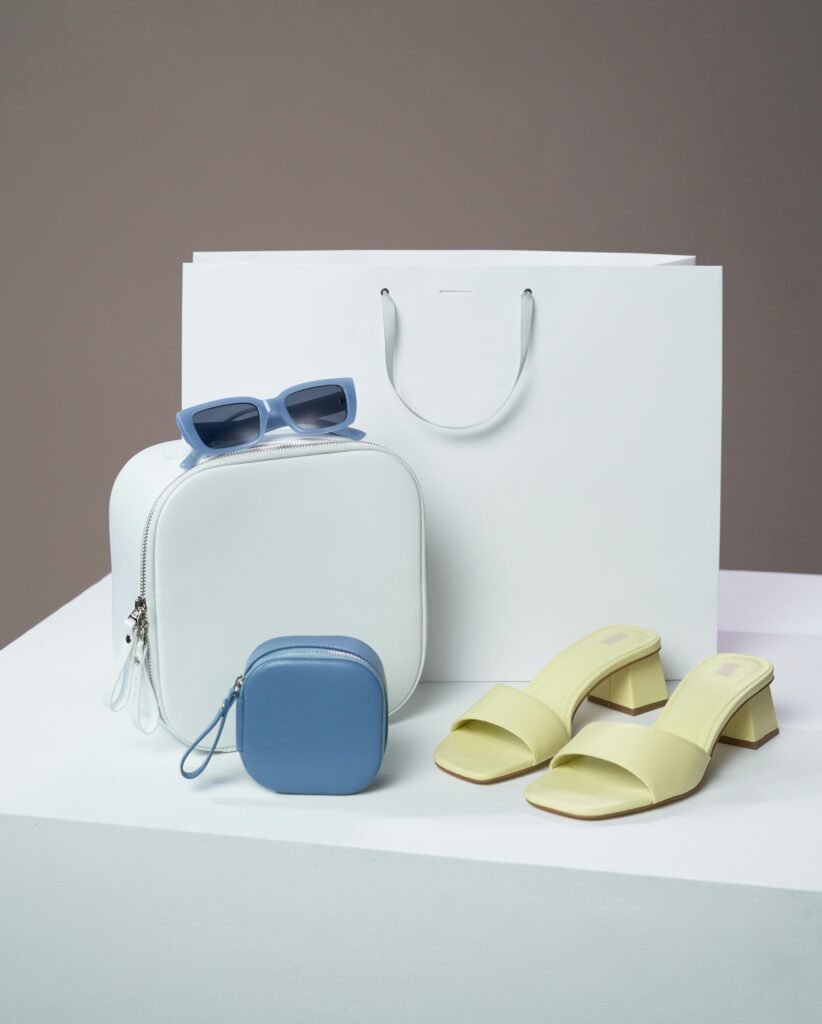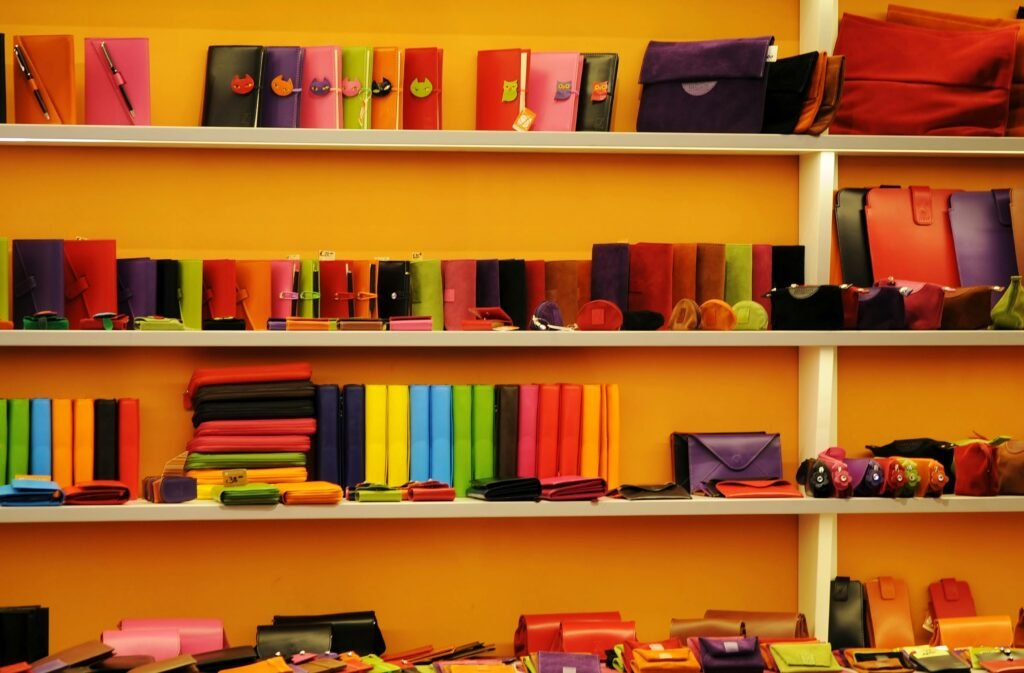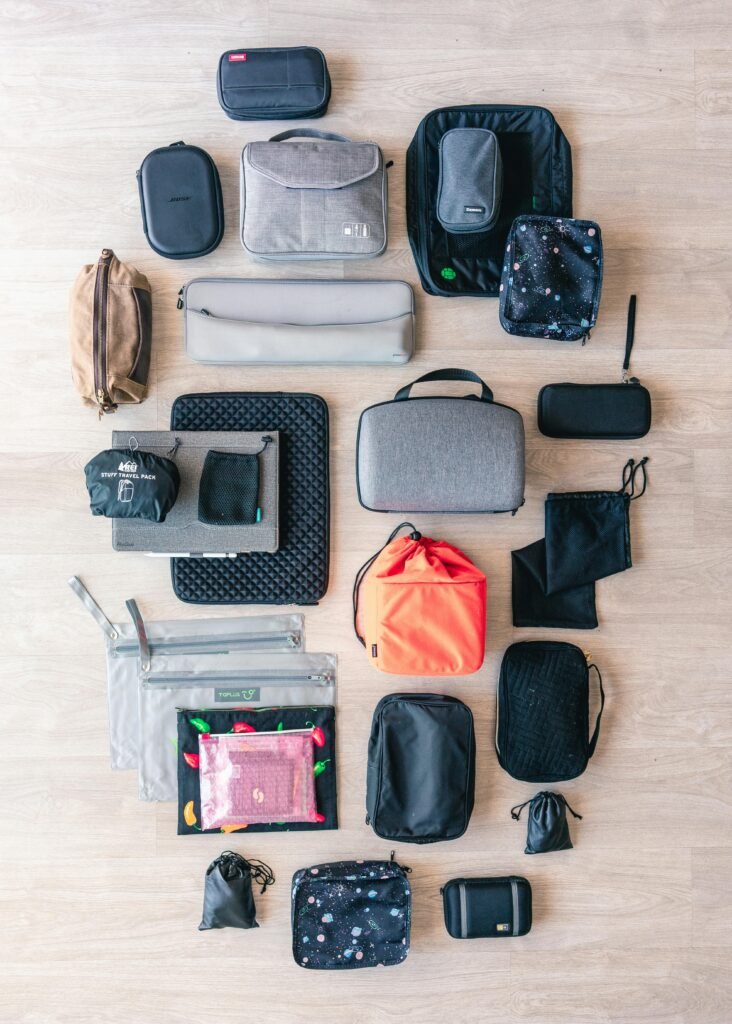Branding Psychology: How to Design Irresistible Merchandise That Instantly Connects


You know that feeling when a brand just gets you? Not because of a discount or a flashy logo, but because something about the way they speak, look, or feel makes you think this was made for you? That’s the potential of branding psychology.
Branding psychology is the subtle, strategic charm behind why some brands earn customer loyalty while others don’t. It’s not about selling a product; it’s about making people feel seen, understood, and connected.
In this post, we’re breaking down the psychology behind powerful branding and how it can transform your custom merchandise from merely free items into a lasting emotional impression.
Let’s get into it
What Branding Psychology Is And Why It Matters for Merchandise

Branding psychology is the science behind why people connect with certain brands, both logically and emotionally. It involves tapping into how your audience thinks, feels, and makes choices, even when they are unaware of it.
It’s important to note here that branding isn’t just about a logo; it’s a feeling, a memory, a decision made in seconds and stored for years.
Every font you choose, every color palette, and every word in your tagline tells a story. And when your merchandise becomes a tangible extension of that story, your brand leaves the door open for other customers.
So, why does this matter for custom merchandise?
Branding psychology matters because when you hand someone a product with your brand on it, you’re also sharing a piece of your identity with them. They’ll quickly determine whether it aligns with their own or not, and if they should keep it.
Hence, if it feels right, your merchandise becomes a walking endorsement. However, if it doesn’t, then it’s forgotten before it even leaves the room.
Identity & Self-Expression

According to self-concept theory, people are drawn to brands and products that reflect their self-image or how they aspire to be perceived by others. When it comes to merchandise, it’s not about your logo; it’s about how wearable your brand makes people feel.
So, if your brand doesn’t reflect who they are or who they want to be, they won’t wear it, no matter how inexpensive or accessible it is. That’s why branding that taps into people’s identity is so powerful.
Glossier, for example, nails this by positioning itself as a brand by real people, for real people. Their minimalist pink pouches and relatable slogans like Skin first. Makeup second. Resonate with their audience’s effortless, authentic, and modern identity. Customers don’t just wear Glossier; they feel seen by it.
Whether it’s a stylish tote that says “creative & grounded” or a hoodie with the phrase “I’m not here to blend in” on it, people gravitate toward pieces that reinforce their sense of self. Hence, if your custom merchandise doesn’t connect with your audience’s sense of self, it’s not branding to them; it’s just inventory.
Color & Emotion

Research has shown that color increases brand recognition by up to 80%. This is because human emotions drive memory, and color instantly stimulates emotion.
If you’ve ever bought something just because the color made you feel a certain way, it’s not just because you have good taste, but it’s due to color psychology.
Colors aren’t just visual; they’re also emotional. For this reason, they affect how people perceive your brand, how they feel about it, and whether or not they even want to keep it.
Colors like red express boldness and urgency, while green symbolizes calmness and nurture. Black exudes confidence, and pastels add softness, approachability, and expression to your brand.
When you understand branding psychology and intentionally blend colors beautifully in your merchandise, you don’t just stand out; you also evoke feelings within people. For instance, a soft blue notebook quietly screams peaceful productivity, while a black and gold hoodie screams luxury. Color psychology extends beyond aesthetics, influencing your overall mood.
Think of Coca-Cola’s iconic red, bold, energetic, and instantly recognizable bottle, or Tiffany & Co.’s soft robin egg blue, which evokes luxury and timeless elegance. These brands don’t just pick colors; they use them to stir emotions and build identity.
So, the next time you design a t-shirt or a mug, ask yourself: what emotion do I want my audience to feel, and what color conveys it best?
Storytelling & Meaning

We remember stories; we wear them, and we become them. Research has shown that the brain processes stories 22x faster than facts. For this reason, people hear stories, and they remember how those stories made them feel.
That’s why some merchandise ends up in car trunks while others become someone’s favorite item.
Whether it’s a quote stitched on a pouch, a phrase on a t-shirt, or a baseball cap that explains the impact of every purchase, merchandise that tells a story gets kept.
And the story doesn’t have to be dramatic; it just has to be true. For instance, a narrative that reflects your brand’s journey or champions a cause holds a lot of meaning and resonates with your audience.
Great branding doesn’t just sell; it also connects. And connection is built through meaning.
Therefore, if your merchandise doesn’t carry meaning, it’s just fabric or material. However, if it serves a purpose, it becomes a statement that people are proud to wear and own.
TOMS turned storytelling into a business model. With every pair purchased, they gave a pair to someone in need. That simple narrative transformed canvas shoes into a global movement. People didn’t just wear TOMS; they wore the story.
Pattern Recognition & Consistency

Pattern recognition is one of the brain’s survival instincts. Our brains are wired to spot patterns in colors, tone, shapes, and even vibes. Simply put, people trust what they recognize. That’s why consistent branding isn’t just about looking polished; it’s about building trust, familiarity, and emotional safety.
As a result, when your merchandise feels like a seamless extension of your brand, encompassing everything from typography to packaging and color palette, it strengthens your identity and reassures your customers that it’s still you.
On the other hand, when your branding shifts tone every month or your merchandise appears completely different from your website or social media, that trust erodes quietly, allowing confusion to set in. People stop relating to the brand, and you risk losing loyalty. Maintain consistency while steering clear of boredom.
Apple exemplifies this mastery. With their clean white packaging, minimalist font, and silver-gray palette, their branding is instantly recognizable. Every piece of merchandise, from iPhone cases to t-shirts in their stores, feels unmistakably Apple.
Therefore, whether you’re designing stickers, sweatshirts, or stationery, if it doesn’t reflect your brand, it likely won’t find a place in your audience’s lives either.
How to Use Psychology to Design Better Merchandise

Now that we understand the rationale behind branding psychology, here’s how to apply that insight to create merchandise that people will appreciate.
1. Design with your audience in mind.
Your merchandise should focus more on the customer or audience, and not just the product.
Consider who’s wearing it, what they care about, and the kind of message they would want to send, and ensure that your merchandise aligns with their lifestyle and values if you want your merchandise to make it past their first wear.
2. Use color to evoke feeling
Use colors that people love to wear and use to evoke a feeling in your audience, and not just to match your brand. Observe the colors that both genders like and utilize that insight in creating your merchandise.
For instance, a printed brochure should create a vibe with whoever receives it, irrespective of their gender.
So, whether it’s crimson red or emerald green, let your palette help tell the story.
3. Make the message matter
The message, phrase, logo, or slogan is the most crucial aspect of your merchandise design. Ensure to avoid designing in the interest of just words. Every phrase, symbol, and detail should reflect something meaningful about your mission, vision, or customer.
4. Think quality, not quantity
Psychologically, people attach more value to valuable items. From fabric choice to print technique, the merchandise should inform customers that this wasn’t just made, but it was designed with a purpose.
- Keep it consistent across all platforms.
Consistency matters, especially in your branding. The brand tone, colors, type, and style on your website should reflect on your merchandise. People should know it’s you, without having to check the tag. After all, good branding isn’t loud; it resonates.
Final Thoughts:
Fundamentally, branding psychology isn’t a fluke; it’s the logic behind some brands becoming part of people’s lives while others stay in the background.
And in a world where customers are more intentional, expressive, and design-conscious than ever, your merchandise has to do more than just exist; it has to connect.
So, whether it’s in the color, the phrase, or the fabric, remember that distinguished branding lives in the details. And extraordinary merchandise doesn’t just promote, it evokes feelings and a connection with people.
Need help designing extraordinary merchandise that carries meaning?
Let Impressiful help you turn smart psychology into stylish, unforgettable merchandise your audience wants to wear. Book a free consultation and get started today!
